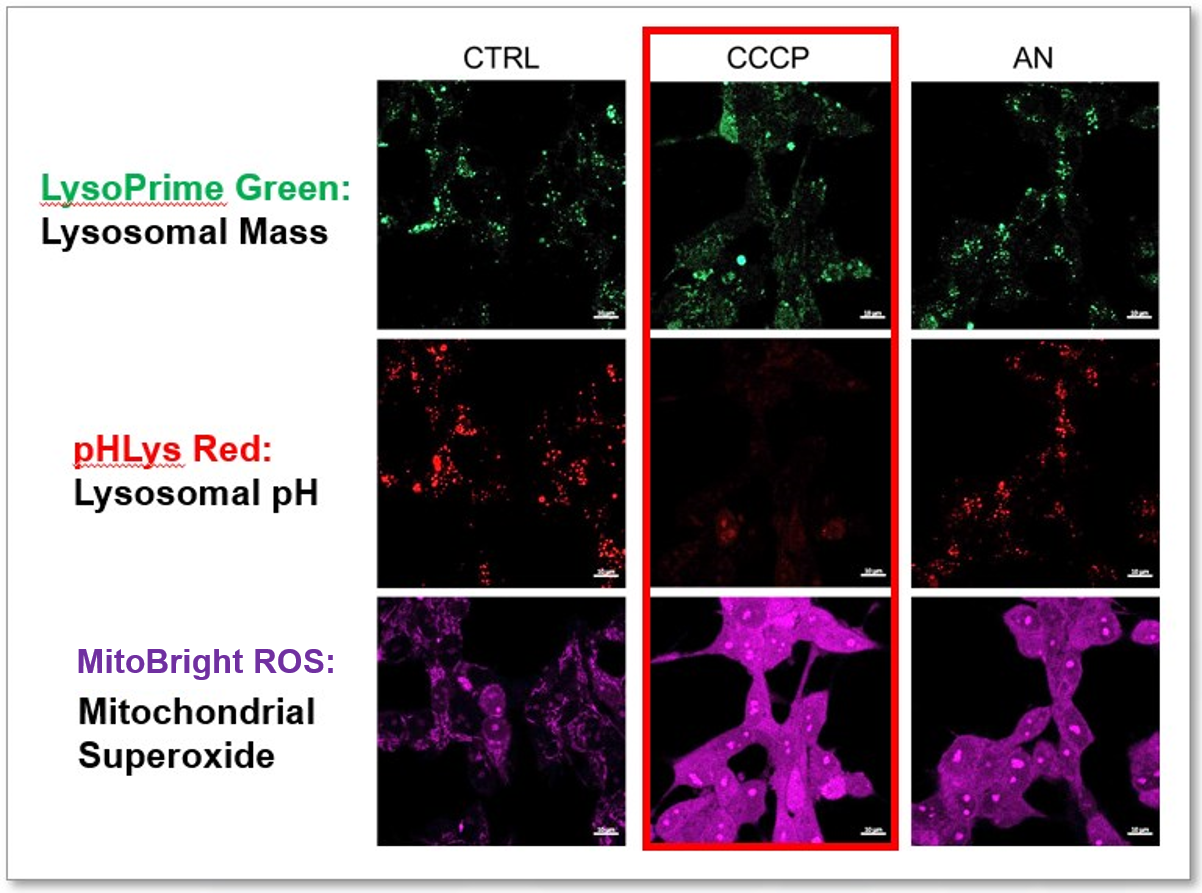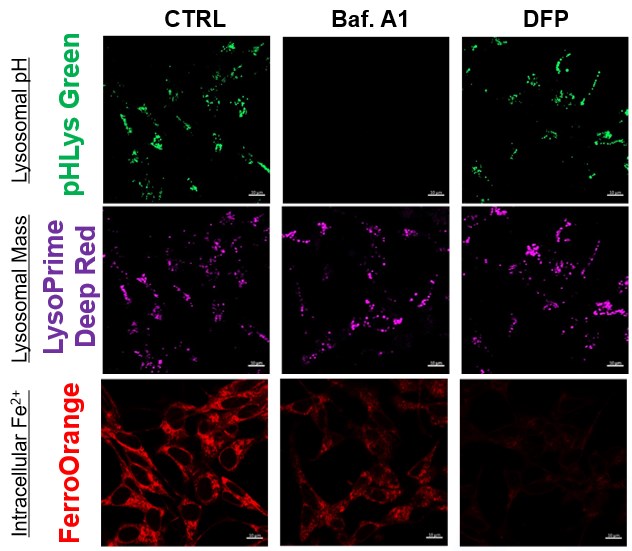|
Scientists have found that lysosomal cystine deprivation, unlike general amino acid starvation, triggers ATF4 induction at the transcriptional level, but cytosolic cysteine deprivation does not. Blocking lysosomal cystine efflux diminishes ATF4 induction and enhances sensitivity to ferroptosis. Therefore, intracellular nutrient reprogramming could potentially induce selective ferroptosis in cancer cells without causing systemic starvation.
|
-
Lysosomal cystine governs ferroptosis sensitivity in cancer via cysteine stress response
Click here for the original article: Robert V. Swanda, et. al., Molecular Cell, 2023.
Point of Interest
- Depletion of cysteine induces adaptive ATF4 expression at the transcriptional level.
- A shortage of cystine in lysosomes stimulates ATF4 expression through the AhR signaling pathway.
- A weakened cysteine stress response increases sensitivity to ferroptosis during cysteine deprivation.
- CysRx promotes cancer cell ferroptosis through intracellular nutrient reprogramming..
|
| Related Techniques |
|
|
|
|
|
|
|
|
|
|
|
|
|
|
|
|
| Related Applications |
<Lysosomal Function and Mitochondrial ROS>
-

-
CCCP and Antimycin are recognized inducers of mitochondrial ROS, linked to the loss of mitochondrial membrane potential. Recent studies have shown that CCCP induces not only mitochondrial ROS but also lysosomal dysfunction. To observe mitochondrial ROS, HeLa cells were labeled with MitoBright ROS Deep Red for Mitochondrial Superoxide Detection, and the lysosomal mass and pH were independently detected with LysoPrime Green and pHLys Red. Co-staining with MitoBright ROS and Lysosomal dyes revealed that CCCP, unlike Antimycin, triggers concurrent lysosomal neutralization and mitochondrial ROS induction.
Reference: Benjamin S Padman, et. al., Autophagy (2013)
Products in Use
- LysoPrime Green
- pHLys Red
- Lysosomal Acidic pH Detection Kit
- MitoBright ROS Deep Red - Mitochondrial Superoxide Detection
-
<Lysosomal Function and Iron Homeostasis>

-
Recent reports suggest that lysosomal neutralization can result in iron depletion, consequently leading to the disruption of cell viability. To verify this, HeLa cells were labeled with FerroOrange for Fe2+ detection, and the lysosomal mass and pH were separately detected with LysoPrime DeepRed and pHLys Green (a product currently under development). Co-staining with FerroOrange and Lysosomal dyes demonstrated that Bafilomycin A1 (Baf. A1), an inhibitor of lysosomal acidification, causes iron depletion consistent with the findings reported in the article. Interestingly, the iron chelator, Deferiprone (DFP), did not impact lysosomal pH, suggesting that lysosomal function plays a key role in managing iron homeostasis.
Reference: Ross A Weber, et. al., Mol Cell (2020)
Products in Use
- FerroOrange
- pHLys Green*
- LysoPrime Deep Red
*pHLys Green is a component of "Lysosomal Acidic pH Detection Kit-Green/Deep Red".
|

















